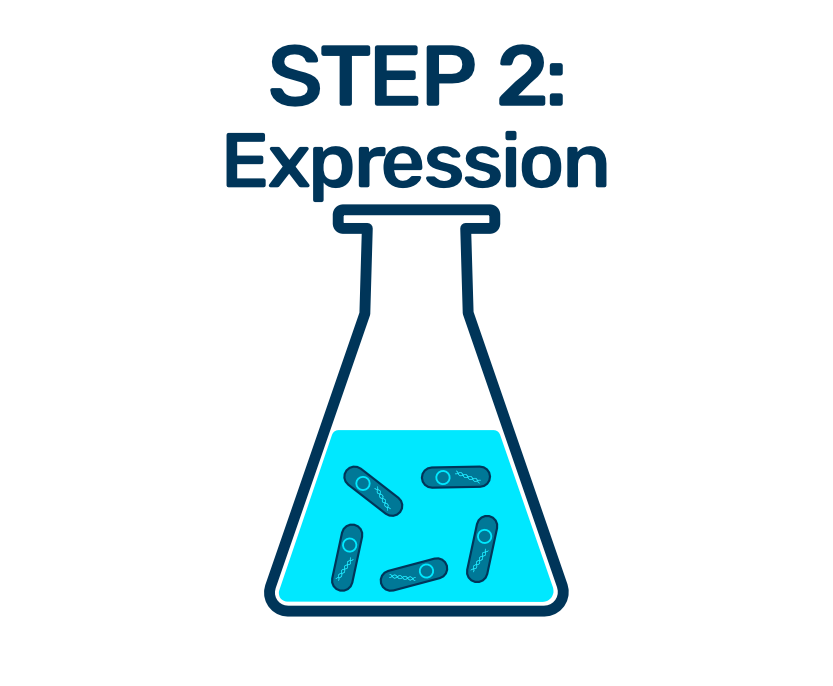Cortalix Nanobody Services
Discover our 6-step services solutions
STEP 3: Characterization
After recombinant production of the selected VHH candidates (step 2), in vitro VHH-antigen binding assays will be used to define the most promising VHHs early in the discovery process. An initial characterization is performed by analysis of their binding affinity, specificity and selectivity for the target protein of interest (antigen). This generally is done using an ELISA assay with immobilized target protein. For a more detailed analysis, surface plasmon resonance (SPR) can be applied to assess nanobody-antigen binding kinetics (i.e. Kon, Koff, KD). Binding to the target protein can also be analyzed in a more natural and complex context, such as on cells, lysate, tissue, organs or in vivo.



What can you expect from step 3
- Data about the binding characteristics of multiple VHH candidates derived from the biopanning process will be obtained. This is critical to select the most promising VHHs for further analysis and development at an early stage.
- The level of characterization depends on your needs, ranging from ELISA-based assays to more in–depth analytical methods such as SPR.
- Some experiments are outsourced to experts with whom we work closely.
- Deliverables:
- A comprehensive study report
- Comprehensive data analysis and final figures
- Expert advice for further development






